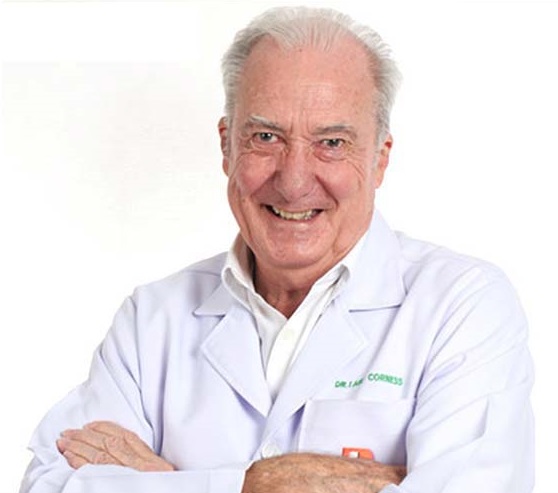 In medicine’s grab bag of diagnostic procedures, there is one called an “Echo”. This is short for Echocardiogram and is one of the procedures that can yield much information on the workings of the heart, with pictures produced by Ultrasound.
In medicine’s grab bag of diagnostic procedures, there is one called an “Echo”. This is short for Echocardiogram and is one of the procedures that can yield much information on the workings of the heart, with pictures produced by Ultrasound.
This type of ultrasound test uses high-pitched sound waves to produce the image of the heart. The sound waves are sent through a device called a transducer and are reflected off the various structures of the heart. These echoes are converted into pictures of the heart that can be viewed on a monitor similar to a TV screen.
The difference between an X-Ray and an Echo is that the X-Ray is a static picture, whilst the Echo shows dynamic ‘action’ images of the functioning heart. The former is similar to taking a photograph of your car engine, while the Echo is the same as measuring your car engine’s workings on a rolling road dynamometer.
The echocardiogram is used to evaluate how well the heart chambers fill with blood and pump blood to the rest of the body. It can also be used to estimate the amount of blood pumped out of the left ventricle with each heartbeat (called the ejection fraction). It helps evaluate heart size and heart valve function. Echocardiography can help identify areas of poor blood flow in the heart, areas of heart muscle that are not contracting normally, previous injury to the heart muscle caused by impaired blood flow, or evidence of congestive heart failure, especially in people with chest pain or a possible heart attack. In addition, Echo can identify some heart defects that have been present since birth (congenital heart defects).
There are several different types of echocardiograms, including the Transthoracic echocardiogram (TTE). This is the standard, most commonly used method of echocardiography. Views of the heart are obtained by moving the transducer to different locations on the chest or abdomen wall. This is a totally painless procedure.
Another is the Transesophageal echocardiogram (TEE). In this case, the transducer is passed down the esophagus instead of being moved over the outside of the chest wall. A TEE may show clearer pictures of the heart, because the transducer is located closer to the heart and because the lungs and bones of the chest wall do not interfere with the sound waves produced by the transducer. A TEE requires a sedative and anesthetic applied to the throat to ease discomfort.
The main reasons for carrying out an Echocardiogram are to evaluate abnormal heart sounds (murmurs or clicks), a possibly enlarged heart, unexplained chest pains, shortness of breath, or irregular heartbeats. It can also diagnose or monitor a heart valve problem or evaluate the function of an artificial heart valve, detect blood clots and tumors inside the heart, measure the size of the heart’s chambers, evaluate heart defects present since birth (congenital heart defects), evaluate how well the heart is functioning after a heart attack, and to determine whether the person is at increased risk of developing heart failure. It can also show some specific causes of heart failure, detect an abnormal amount of fluid surrounding the heart (pericardial effusion) or a thickening of the lining (pericardium) around the heart.
Echocardiography is a painless procedure. You will not be able to hear the sound waves, since they are above the range of human hearing. The gel may feel a bit cold and slippery when rubbed on your chest. The transducer head is also pressed firmly against your chest, but this is not uncomfortable.
There are no known risks associated with transthoracic echocardiography. You are not exposed to X-rays, radiation, or any electrical current during this test. However, there are some risks associated with transesophageal echocardiography, including the possibility of a tear of the esophagus, bleeding, and discomfort of the mouth and throat.
Unfortunately, Echocardiography may not be accurate in between 10 to 18 percent of people because of technical difficulties. These are found in people who are overweight, women who have large breasts, or people with lung disease.
 |
 |





